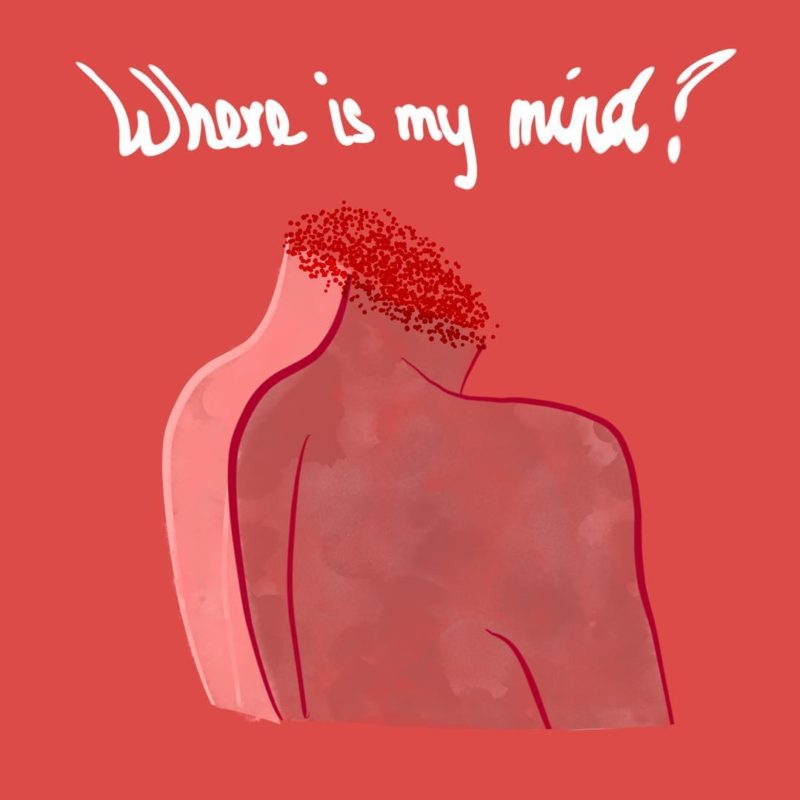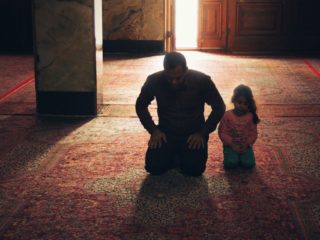We can find many psychological problems that are on the rise now, interfering with our daily activities and sometimes they cause some dysfunction in our social, work lives and relationships as well.
Anxiety is common to be found between different age groups and various socioeconomic backgrounds. That has been increasing due to life stresses and expectations that we are struggling to meet along with maintaining a healthy lifestyle and a balance between our responsibilities and our social lives.
The severity of anxiety disorders vary from one person to another based on every individual’s personality, surrounding environment and coping strategies. It also includes multiple disorders under its classification, such as social anxiety disorder, phobias, panic disorders and generalized anxiety disorder. The most common symptoms of anxiety are sweating, panic attacks, negative way of thinking, sleep troubles and other symptoms that rely on the given factors and the situation; whether the person is familiar with or has experienced before.
Cognitive Behavioral Therapy
Research has shown that Cognitive Behavioral Therapy (CBT) is the most effective therapy used with anxiety disorder as it mainly focuses on altering the behavior, thoughts and feelings that are connected together in a triangle shape. It is how we perceive the situation that makes us feel anxious, not the context of the situation. Our thoughts affect how we feel and how we behave and vice versa; the three factors are multidirectional, affecting one another.
Changing Your Perception
One of the ways to change someone’s perception towards a situation, another person or an object is by restructuring their negative thoughts. It is known as thought challenging or cognitive restructuring, implemented through these steps:
- Identifying your irrational thoughts that aren’t proven with evidence. How you feel when you are in an unfamiliar or a familiar situation that you react negatively to is the first step in determining your negative thoughts.
- Questioning your negative thoughts as noted before, based on the proof you have. Look for evidence that supports your irrational thoughts and for another one that falsify your irrational thoughts. Challenge yourself.
- Replace your negative, irrational thoughts with realistic, evidence-based ones. You can either attempt to replace negative ones with new ones or sometimes you need to accept certain things in your life that make you feel anxious and try to accept it and recognize them in a different way that make you less anxious.
Anxiety Symptoms
Indeed, as anxiety includes other symptoms that are considered physical ones, such as sweating, pounding heart, dizziness and shortness of breath, for instance, which need consulting a psychiatrist for medications, along with therapy sessions with your psychologist. Further, it would be better doing exercise regularly, as it boosts your self-esteem. Relaxation techniques, yoga and eating a healthy diet help in relieving anxiety gradually.
Final Notes
Nothing beats anxiety better than fast actions. The earlier you consult or visit your doctor, the quicker you will get reassured and treated and the less effect your anxiety will have on you and your body. It is never a shame to ask for help. And always remember, you are the only one who can change the way you think and control what goes on, on the inside even when you can’t control what’s going on the outside.








